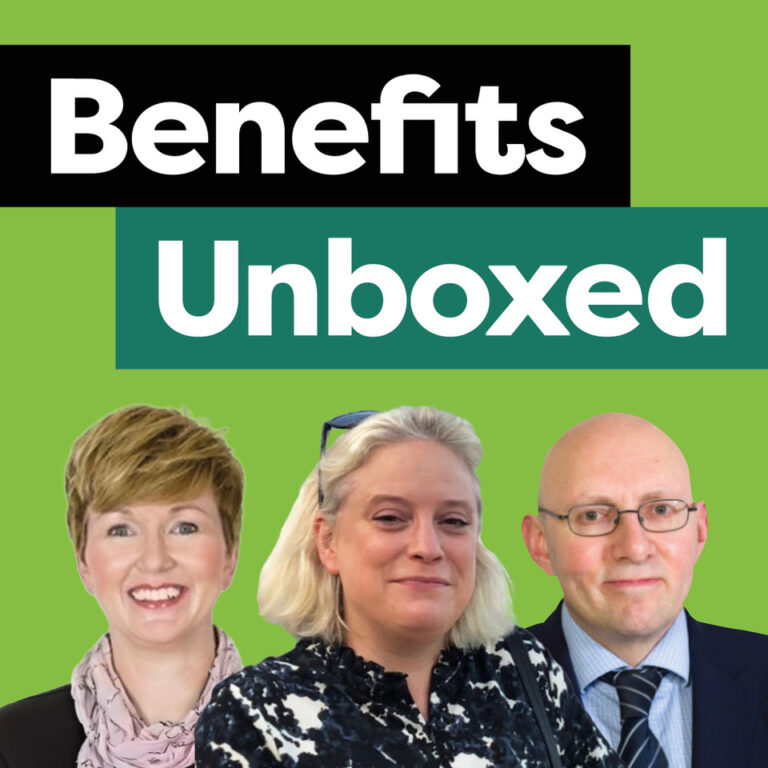Communication is widely recognised as a critical part of the process of ensuring staff engage with benefits. How this is done will vary by employer, sector and the demographics of the workforce, but it’s vital that employees find out about the range of benefits that are on offer, and those that will particularly resonate with them.
“All employers should try to tailor messaging to different segments of their workforce,” says Matthew Gregson, executive director UK and corporate, for Howden Employee Benefits and Wellbeing. “Taking a leaf out of retail marketing’s book, we know that getting the message right is the difference between an employee taking action or not, and valuing the product or service or not. As retail marketeers are very good at, we need to get to ‘what’s in it for me?’ as quickly as possible to succeed.”
Sam Lathey, CEO of financial wellbeing platform Bippit, believes firms need to consider factors such as age and stage of life, alongside elements that are more unique to that particular company. “Maybe you hire a lot of parents and want to increase their savings rate to improve their long-term financial wellbeing, reduce financial stress and improve their focus at work,” he says. “In that case, tailoring your comms to focus on how saving effectively can secure a more positive future for children would be a good starting point.”
Gethin Nadin, chief innovation officer at HR and payroll firm Zellis, says employers need to ensure staff understand how each benefit will support them specifically. “Employees themselves should be able to self-determine topics of interest based on their requirements,” he says. “For example, being able to say they don’t have children and so don’t see benefit information related to childcare, or seeing more financial support at a time when they’ve declared that is important to them.”
The focus for pension scheme Railpen is to provide content that relates to both the member type and where they are on their pension journey, says Rob Hughes, head of customer experience. “We push information to members at key times, for example as a new joiner or as they approach their normal retirement age,” he says. “Our insights tell us that most members engage with their pension at a point of need – maybe the birth of a child or going through a divorce – and then increasingly as they approach retirement.”
Multiple channels
How businesses go about communicating is also important. Railpen, for instance, uses a range of formats from social media to videos and detailed guidance documents. “We’re conscious with our educational content that members have a range of preferred learning styles, so we ensure they have that choice,” adds Hughes. “Many of our members have a propensity to use online services, which gives us a lot of scope to provide content quickly and in a range of formats.”
It’s important to offer a choice, here, agrees Rory Yates, global strategic lead at EIS. “Certain workforces, despite being digitally led, might need to be provided with a mobile-ready benefits portal or other ‘messaging’ to activate best use of their time,” he says. “Equally, others will still need human support or to make enquiries through different means, from chatbots to people. The multi-channel landscape has become truly multifaceted.”
Employers also need to ensure they cater for all parts of the workforce, adds Lathey. “In-person workshops may be more appropriate for those who don’t have English as a first language, for example, to avoid anything becoming lost in translation,” he says. “You also need to think proactively on how to avoid being exclusionary. For example, if you’re running in-person wellbeing events, you may be excluding part-time workers who don’t work on those days. If you’re sending emails at specific times, certain teams may have meetings at these times and will naturally miss them.”
Increasingly, benefits platforms themselves are becoming primary communications tools, says Nadin. “No longer are messages lost across multiple systems, emails and Teams messages,” he says. “Instead, they are contained to one dedicated space. A hub for everything to do with benefits – read only benefits, flexible benefits and other benefits that exist in policies.”
Personal touch
Sending personalised communications to employees can also be effective. Research by Zest suggests the majority (61%) of employees would like to receive regular, personalised notifications about their benefits in this way, and this can be particularly powerful if done at the right time. “The recent school holidays provided a great example of how segmenting a workforce in this context can be beneficial,” says Matt Russell, CEO.
“Sending a targeted email to remind all working parents of the leisure and dining discounts on offer displays a level of personalisation that employees really value. Communicating this clearly, at the right time and to a specific audience, ensures that employees are getting the most out of their benefits package.” Its research also found that four in 10 (43%) of businesses are looking to target employees in this way in future.
Effective use of data is vital, though, if employers are to communicate with staff effectively, points out Gregson. “Technology will be the key ingredient to success, if you use it in a way that helps you learn and adapt to what you are actually seeing,” he says. “You need to capture data to inform your decision-making and be brave enough to use a bit of trial and error – if you fail, fail fast.”













